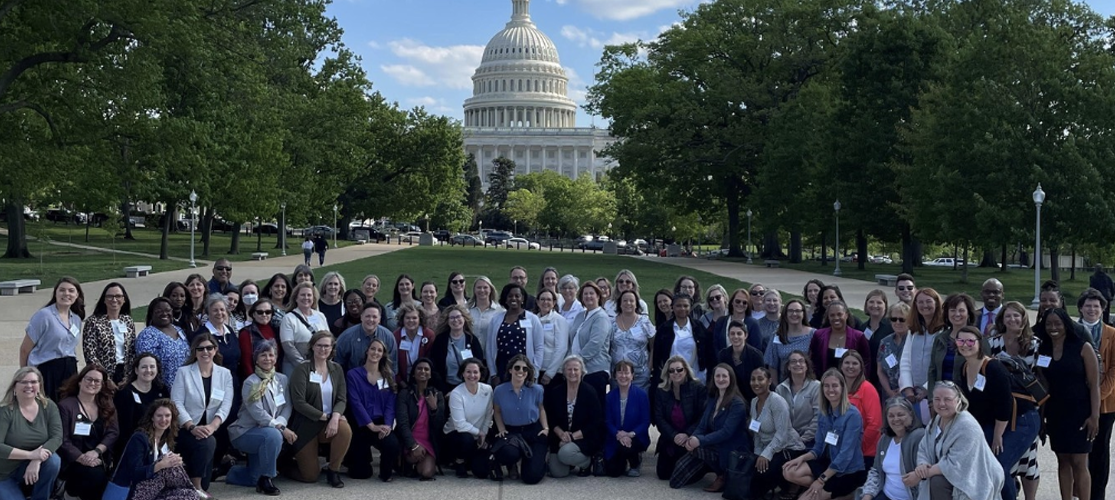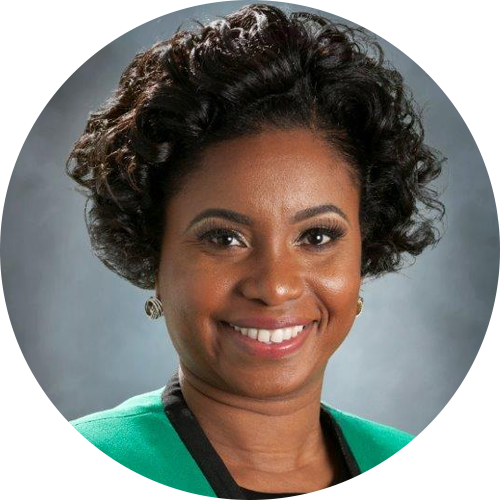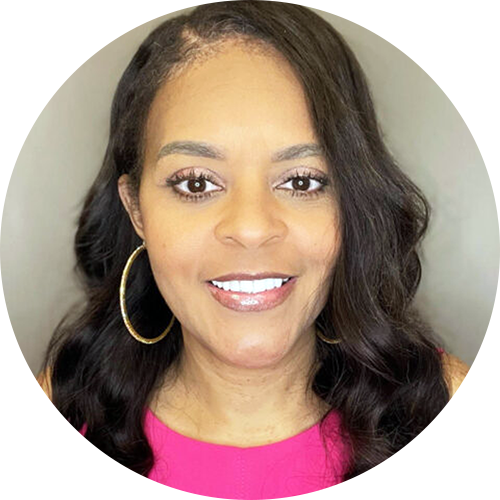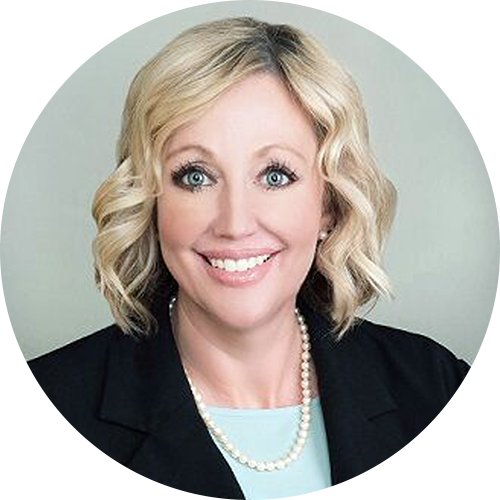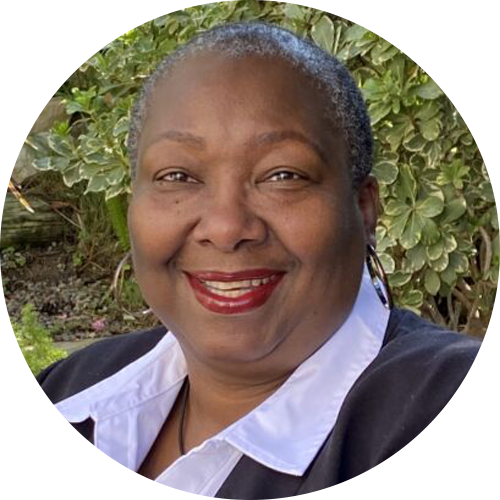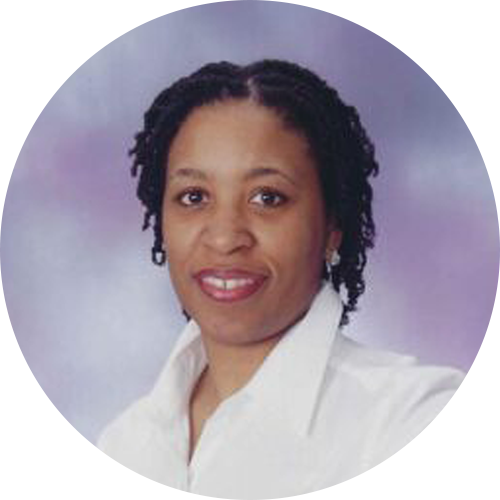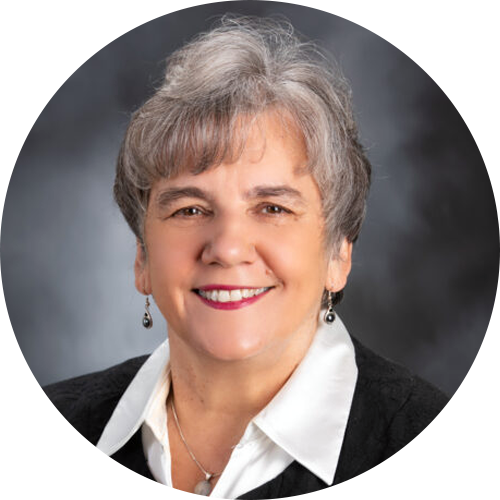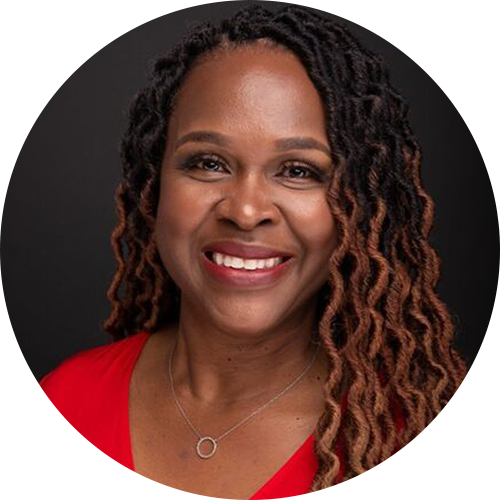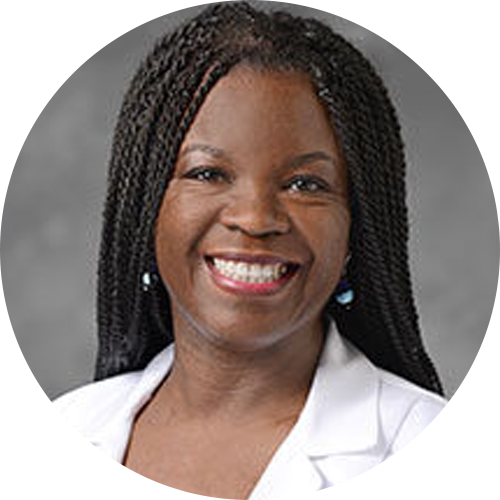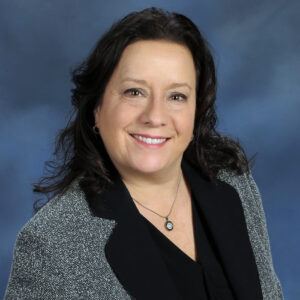Friday, March 23, 2018
Posted by: AWHONN President, Jenn Doyle, MSN, WHNP-BC
Over 700 women lose their life each year to pregnancy-related deaths. This needs to change.
March marks Women’s History Month and I want to take this moment to discuss an issue that is not only dear to my heart but it is one that takes the lives of over 700 women each year. It is maternal mortality.
What is maternal mortality? According to the Center of Disease Control (CDC), a maternal death is defined as the death of a woman during pregnancy or within one year of the end of pregnancy. The death is determined to be pregnancy-related if the cause of death is related to or aggravated by the pregnancy or its management, but not from accidental or incidental causes
According to the CDC, maternal mortality rates—the number of women dying during or within 1 year of childbirth—have reached 17.3/100,000 births in 2013. In the U.S., more than half of all maternal deaths occur after birth—often after discharge from the hospital. This doesn’t have to happen. In fact, at least half of all pregnancy-related deaths are preventable when the warning signs of pregnancy or childbirth complications emerge and a mom can get the timely care she needs from her healthcare providers.
AWHONN has created specific instructions for acting on these warning signs called “SAVE YOUR LIFE: Get Care for these POST-BIRTH Warning Signs.” Here are the specific signs you should watch for and act on during the first year after birth:
- Pain in your chest
- Obstructed breathing or shortness of breath
- Seizures
- Thoughts of hurting yourself or your baby
- Bleeding that is soaking through one pad/hour, or blood clots the size of an egg or bigger
- Incision that is not healing
- Red or swollen leg that is painful or warm to touch
- Temperature of 100.4° F or higher
- Headache that does not improve, even after taking medicine, or a bad headache with vision changes
If you are experiencing any of these post-birth warning signs, contact your health care provider or go to the nearest urgent care or hospital as soon as possible. For serious and potentially life threatening warning signs like pain in your chest, obstructed breathing, seizures, or if you have thoughts of hurting yourself or your baby, call 911. Let all responders know that you gave birth within the past year.
Recognizing and acting on these warning signs and complications that can lead to a mom’s death or injury is essential to reducing maternal deaths in the U.S. Share this information with pregnant women you may know. AWHONN, working together with Nurses and Moms, can reduce maternal mortality rates. Let’s help women to be aware and to recognize the signs of post-birth problems in order to begin reversing this alarming trend.”

